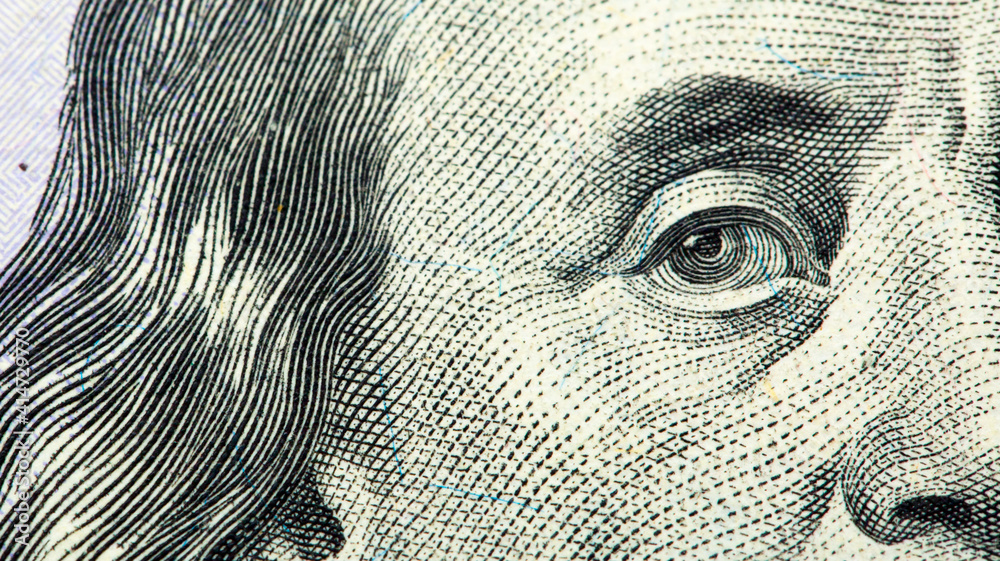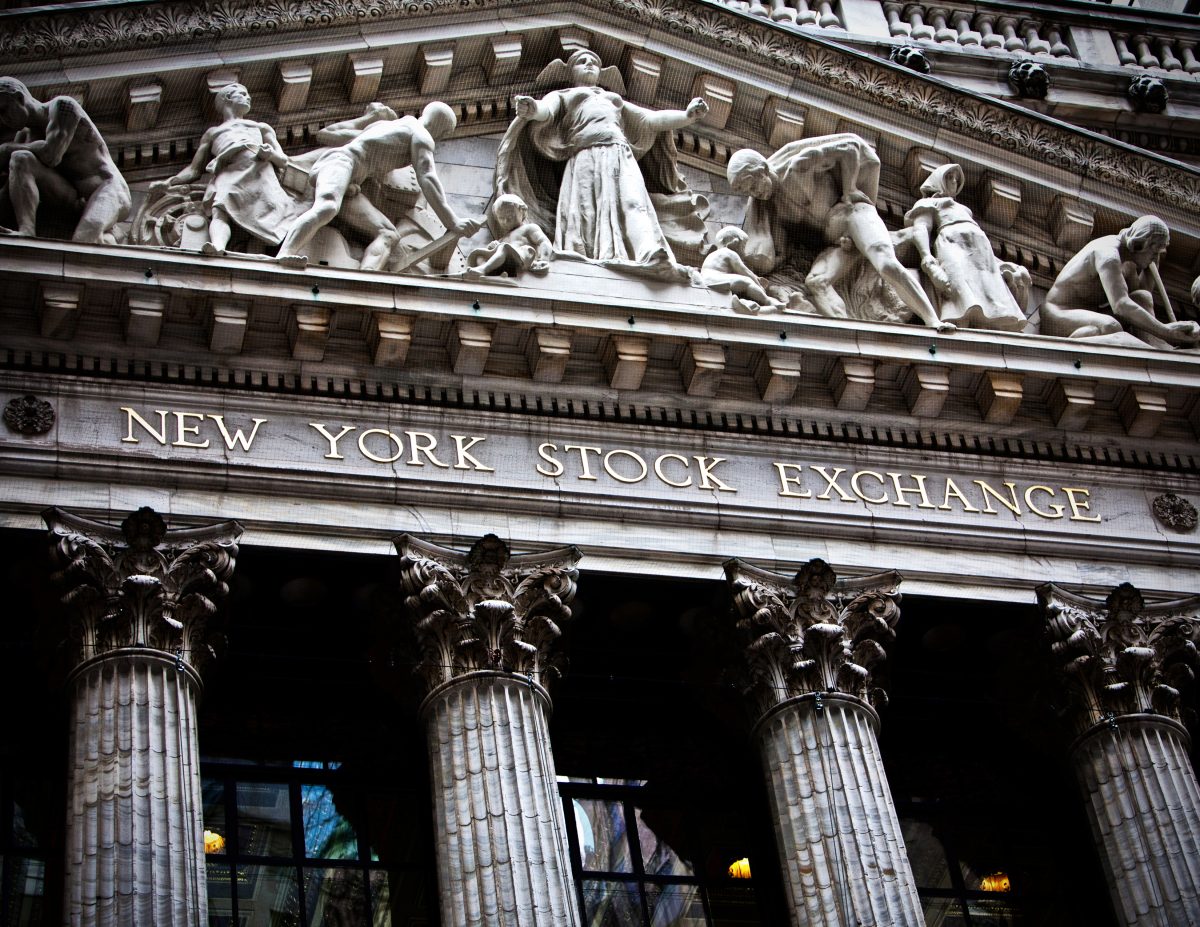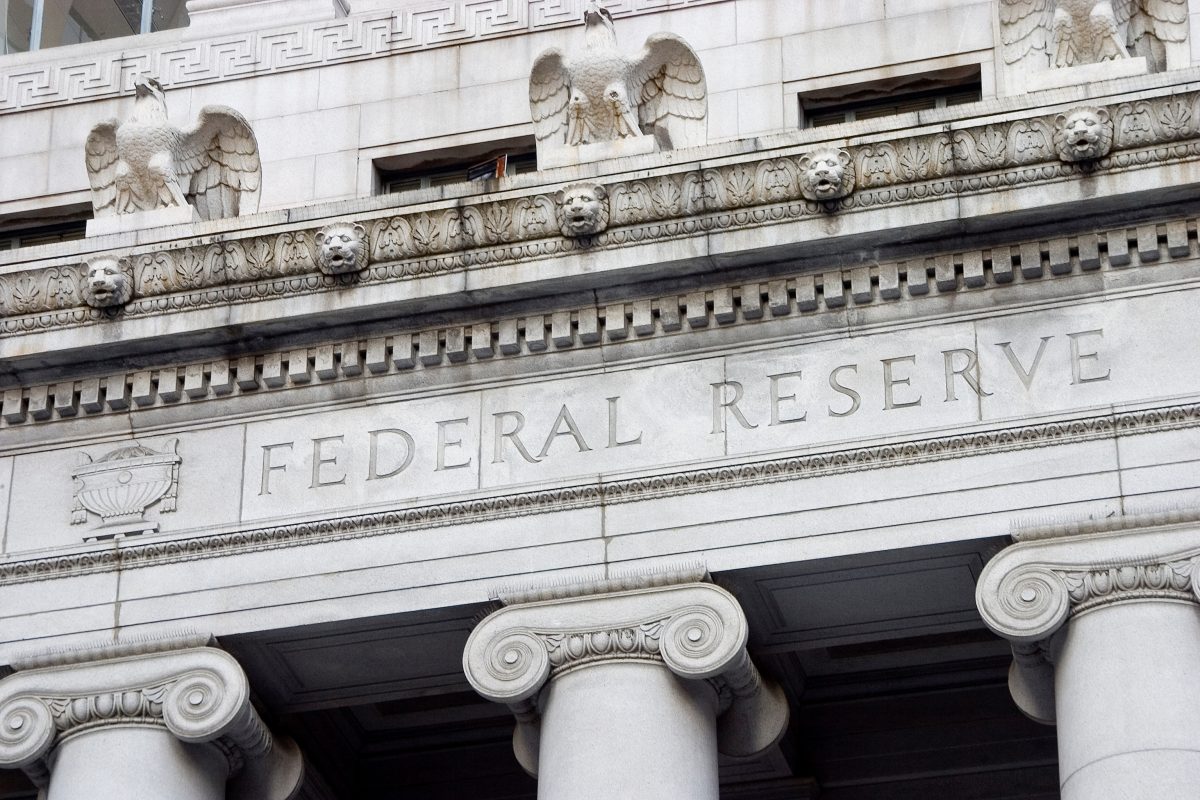Nvidia, the tech industry darling, has been seen as the vanguard of artificial intelligence and has found itself at the epicenter of a maelstrom. Investors are rapidly repricing and recalibrating expectations for their portfolios, which has opened a dramatic shift in sentiment towards Nvidia and, by extension, the AI sector, at a time when financial history can be so redolent with the volatility of the markets and a changing economic paradigm.
The revolutionary boiling core of this is Nvidia’s pioneering role in the AI revolution. The company’s graphic processing units have enabled AI and machine learning in everything from autonomous vehicles to sophisticated data analytics, making them a mainstay. Nvidia’s ascent has been meteoric—its valuation soaring into the sky—to reflect not just its current earnings but sky-high expectations for the transformative potential of AI.
However, throughout the year, the broad market faced the ghosts of downturns, economic exits, and changes in interest rates, along with geopolitical confrontations—developments that tempered the excitement for AI and tech stocks. On the other hand, as a bellwether in the AI industry, Nvidia has massive corrections in stock prices, which brings up robust debates between overvaluation and sustainable growth of tech businesses in the current unpredictable economic landscape.
Nvidia’s CEO, Jensen Huang, is pivotal in this unfolding drama. Like Jerome Powell, Huang has the responsibility of shepherding the U.S. economy through inflationary threats and adjustments to monetary policy. Huang finds himself with responsibilities akin to being at the tip of the spear in leading Nvidia through market turbulence and investor doubt. His is an even more complex balancing act. He must weigh short-term pressures from investors and analysts with a long-term vision of AI’s role in society and the economy.
Under Huang’s leadership, Nvidia embarked on strategic navigation of these choppy waters. The company shifted gears under him, expanding its line of products, pouring billions into R&D to continue moving the needle on AI technology, and aggressively seeking partnerships to broaden its bases in industries. This approach is the concept, much like Powell’s monetary policies which were meant to help in stabilizing the economy from its volatility impact.
The market response, however, was mixed: Nvidia shares reflected both a general sell-off in tech shares and a separate reaction from investors who recalibrated their risk appetite and valuation metrics in an evolving economic environment. The debate will go on about whether the future of AI, particularly with technology stocks, is bleak. Some people perceive this sell-off as a much-needed correction; others, perhaps, as a temporary setback in the inexorable rise of AI.
Against this background of technological maelstrom, the broader financial implications of this wavy pattern of the AI sector could not be disregarded. Just as Federal Reserve policy under Powell has broad implications for the economy, the course of Nvidia under Powell indicates the state and direction of the tech industry with wider implications for the economy. The interplay of innovation, investment, and economic policy is more pronounced than ever—with Nvidia’s challenges and strategies offering up as a sort of case study on how to navigate the chaos of corporate responsibility vs. national security and maintain a central focus on growth, profitability, and shareholder value.
Investors and market observers closely watch the unfolding narrative around Nvidia and the AI sector. Central to the understanding is how a company and an industry will be valued, how sustainable growth is, and most importantly, how technology will continue to shift dynamics in the global markets and economies. It will be a critical look at Huang’s strategies and decisions as he guides Nvidia through such stormy years to see if they indeed secured the success, very survival, and rise not only of his company but the whole industry.
The recent sell-off in Nvidia and the general market reaction to the problems in the AI sector point to the delicate interplay between technology, finance, and economic policy in the current globalized world. Given the likely implications of the U.S. economy and the downstream effects of Powell’s actions and policies at the Federal Reserve, the path of Nvidia under Huang for the technology industry would be another bellwether for the latter. The eyes of the world are again focused on a central figure who navigates through the winds of change, with the outcomes poised to influence not just the fortunes of a single company but the direction of furthering technological progress and development that remains crucial across the globe.






